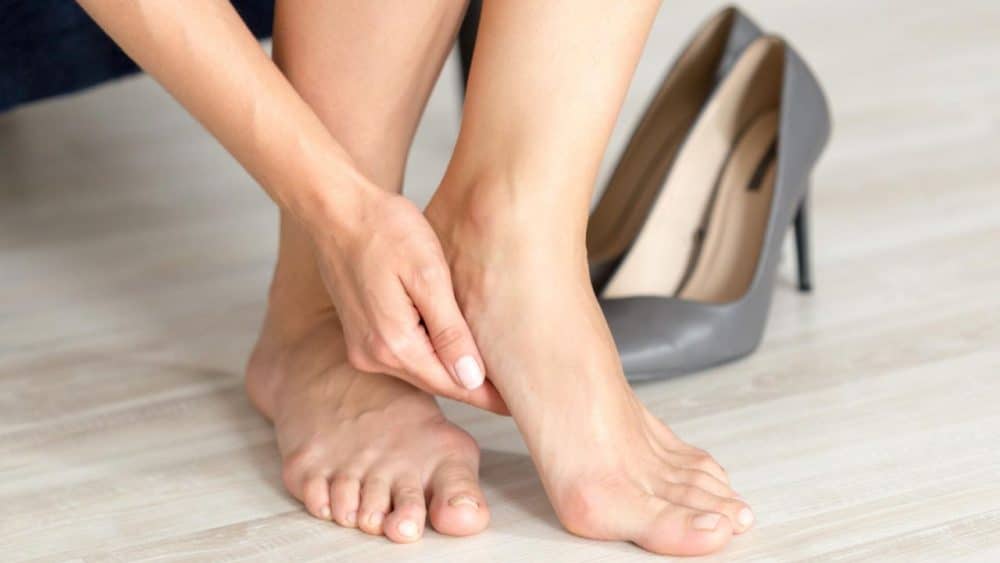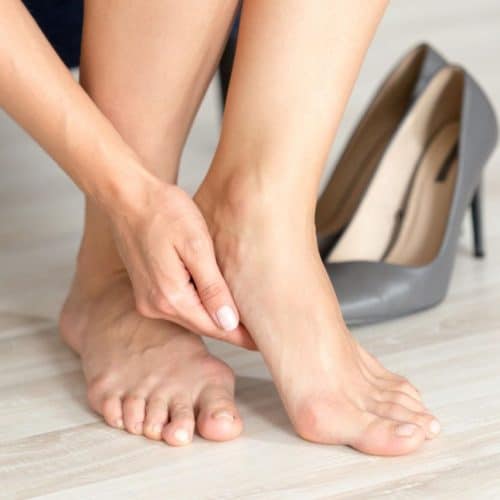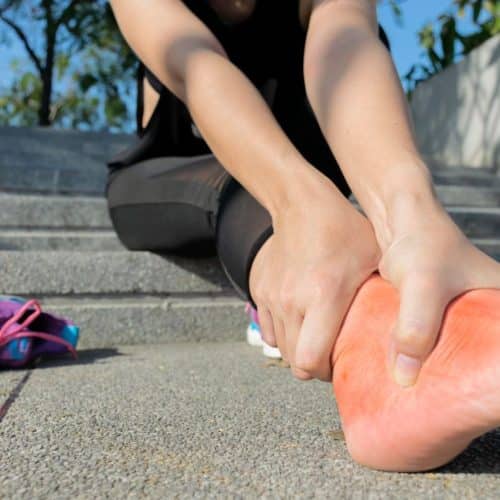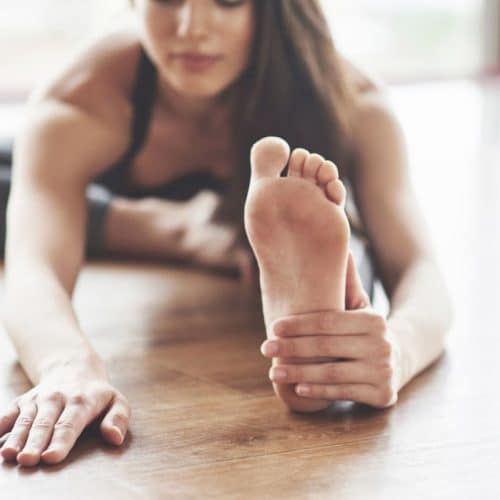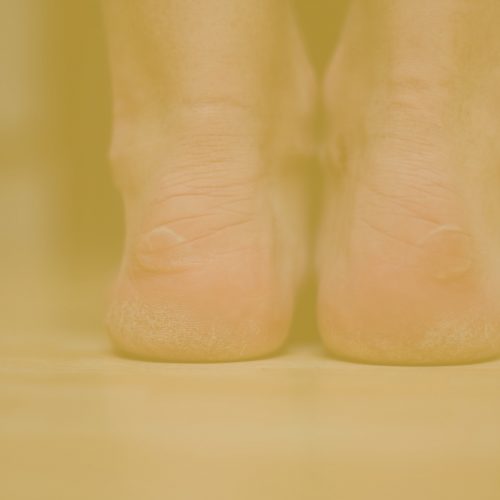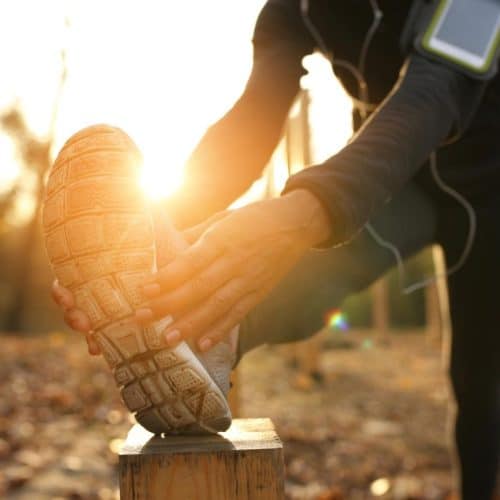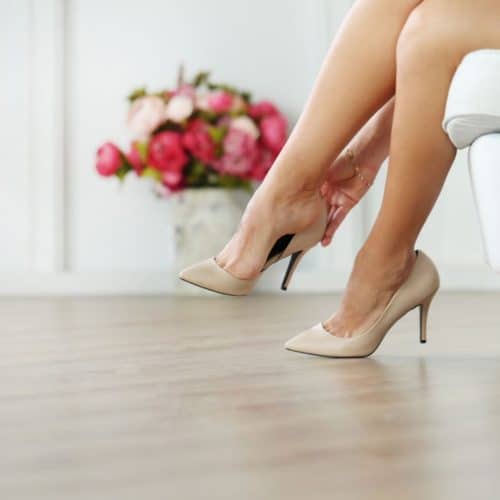Arthritis is a common ailment that affects millions of people worldwide. Characterised by inflammation of one or more joints, it can lead to pain, swelling, stiffness, and reduced joint mobility. While there is no one-size-fits-all solution, understanding the various treatment options can help individuals make informed decisions about managing their condition. In this blog post, we’ll delve into some of the most effective treatments for arthritis and offer insights into their benefits.
Medication
Arthritis pain and inflammation can be debilitating, but thanks to advancements in medical research, several medications are available to help manage the symptoms. Here’s a more in-depth look at the three primary types of arthritis medications:
1. Nonsteroidal Anti-Inflammatory Drugs (NSAIDs)
- Overview: NSAIDs are a class of drugs that provide analgesic (pain-killing) and antipyretic (fever-reducing) effects and, in higher doses, anti-inflammatory effects.
- How They Work: These drugs reduce the production of prostaglandins, chemicals that promote inflammation, pain, and fever in the body.
- Common Examples: Over-the-counter NSAIDs include ibuprofen (brands like Advil and Motrin) and naproxen (Aleve). There are also prescription-strength NSAIDs.
- Benefits: They can provide rapid relief from pain and reduce inflammation.
- Side Effects: Prolonged use can lead to stomach ulcers, kidney problems, and an increased heart attack or stroke risk. Using them as directed and under a doctor’s supervision is essential.
2. Disease-Modifying Antirheumatic Drugs (DMARDs)
- Overview: DMARDs are a category of drugs specifically designed to treat rheumatoid arthritis and other inflammatory types of arthritis by suppressing the immune system.
- How They Work: Unlike NSAIDs, which tackle the symptoms, DMARDs target the disease process. They slow or stop the immune system from attacking the joints.
- Common Examples: Methotrexate, hydroxychloroquine, and sulfasalazine are some of the commonly prescribed DMARDs.
- Benefits: They can slow the progression of rheumatoid arthritis and save the joints and other tissues from permanent damage.
- Side Effects: Because they suppress the immune system, there’s an increased risk of infections. Regular monitoring by a doctor is crucial when on these medications.
3. Biologics
- Overview: Biologics are a subset of DMARDs. They’re made from living cells and are often administered via injection.
- How They Work: Biologics target specific parts of the immune system that trigger inflammation rather than suppressing the entire immune system.
- Common Examples: Adalimumab (Humira), etanercept (Enbrel), and infliximab (Remicade) are examples of biologics.
- Benefits: They can be very effective in treating rheumatoid arthritis, especially when traditional DMARDs haven’t worked. They can also be used in combination with traditional DMARDs.
- Side Effects: Like DMARDs, biologics can increase the risk of infections. Other potential side effects include a higher risk of certain cancers, liver damage, and lung diseases.
Foot Mobilisation and Manipulation Techniques
Foot mobilisation and manipulation techniques are specialised therapeutic interventions primarily used by podiatrists, physical therapists, and some chiropractors. These techniques are designed to improve foot function, alleviate pain, and restore natural movement. They can be particularly beneficial for individuals with arthritis in the feet or lower extremities.
1. What are Foot Mobilisation Techniques?
- Overview: Foot mobilisation is a hands-on technique where the therapist uses controlled movements to stretch, move, or rotate the joints in the foot.
- Purpose: The goal is to improve joint mobility, correct misaligned bones, and stimulate the body’s natural repair mechanisms.
- Procedure: The therapist will gently move the foot in specific directions to stretch tight ligaments and tendons, helping to realign the bones of the foot and ankle. This can help reduce stiffness and improve overall foot function.
2. What are Foot Manipulation Techniques?
- Overview: Foot manipulation, often referred to as “adjustment”, involves quick, precise movements to realign the bones and joints of the foot.
- Purpose: The aim is to restore normal joint function, reduce pain, and improve overall foot and body mechanics.
- Procedure: Using their hands, the therapist applies a sudden force to a joint while the body is positioned in a specific way. This might produce a popping or cracking sound, releasing gas bubbles between the joints.
3. Benefits of Foot Mobilisation and Manipulation
- Pain Relief: These techniques can help alleviate pain caused by arthritis, especially in the early stages.
- Improved Mobility: Regular sessions can lead to increased joint mobility, making daily activities easier and more comfortable.
- Enhanced Foot Function: By realigning the bones and improving joint function, the foot can operate more efficiently, reducing strain on other parts of the body.
- Natural Alternative: These techniques offer a non-invasive treatment option for those hesitant about medications or surgery.
4. Considerations
- Frequency: The number of sessions required varies depending on the severity of the arthritis and individual needs. Some might benefit from weekly sessions, while others need less frequent visits.
- Combination with Other Therapies: Foot mobilisation and manipulation can be combined with other treatments like orthotics, physical therapy, or medication for a comprehensive approach to arthritis management.
- Safety: While generally considered safe, seeking treatment from a trained and certified professional is crucial to ensure the techniques are performed correctly.
Foot Orthosis
Foot orthosis, commonly called orthotics, are specially designed devices placed inside shoes to support and align the foot and lower extremities. They are pivotal in addressing various foot-related issues, including those stemming from arthritis.
1. Types of Foot Orthosis
- Custom-made Orthotics: These are tailored to fit an individual’s unique foot structure and needs. They are crafted based on a detailed assessment and mould of the person’s foot.
- Over-the-counter Orthotics: These are pre-made devices available in various sizes and can be bought without a prescription. They offer general support and cushioning but are not tailored to an individual’s foot structure.
2. How Do Orthotics Work?
- Alignment: Orthotics help in realigning the foot and ankle bones to their natural position, thereby restoring proper foot function.
- Redistribution of Pressure: They help in evenly distributing weight across the foot, reducing pressure on certain areas, especially those with arthritic changes.
- Shock Absorption: Many orthotics have cushioning properties that help in absorbing the impact while walking or running, reducing strain on the joints.
3. Benefits of Foot Orthosis for Arthritis
Pain Relief: By correcting foot alignment and redistributing pressure, orthotics can alleviate pain associated with arthritis.
- Improved Mobility: Proper foot support can enhance mobility, making daily activities more comfortable.
- Protection of Arthritic Joints: Orthotics can offload pressure from arthritic joints, preventing deterioration and overuse.
- Enhanced Foot and Leg Function: With improved alignment and support, there’s often a noticeable improvement in overall foot and leg function.
4. Considerations When Choosing Orthotics
- Material: Orthotics can be made from various materials, including rigid materials like plastic or carbon fibre and softer materials like foam or gel. The choice depends on the individual’s needs and the recommendation of a healthcare professional.
- Footwear Compatibility: Ensuring that orthotics fit well inside the shoes one wears regularly is essential. Some require deeper or wider shoes to accommodate the orthotic.
- Duration of Use: Depending on the severity of the arthritis and the type of orthotic, some people might need to wear them continuously, while others might only need them for specific activities.
5. Maintenance and Care
- Regular Check-ups: It’s advisable to have orthotics checked regularly by a professional to ensure they’re still providing the necessary support.
- Cleaning: Depending on the material, orthotics might need regular cleaning to maintain hygiene.
- Replacement: Over time, orthotics can wear out and might need replacement. The replacement frequency depends on the material and the amount of daily use.
Conclusion
Even though there is no definitive “best” treatment for arthritis, it is possible to effectively manage the illness through a mix of medicinal treatments, physical therapies, and adjustments in one’s way of life. It is absolutely necessary to confer with medical specialists in order to personalise a treatment plan to one’s specific requirements. Keep in mind that controlling arthritis is a process, and finding the correct combination of treatments might take time, as well as some trial and error.


